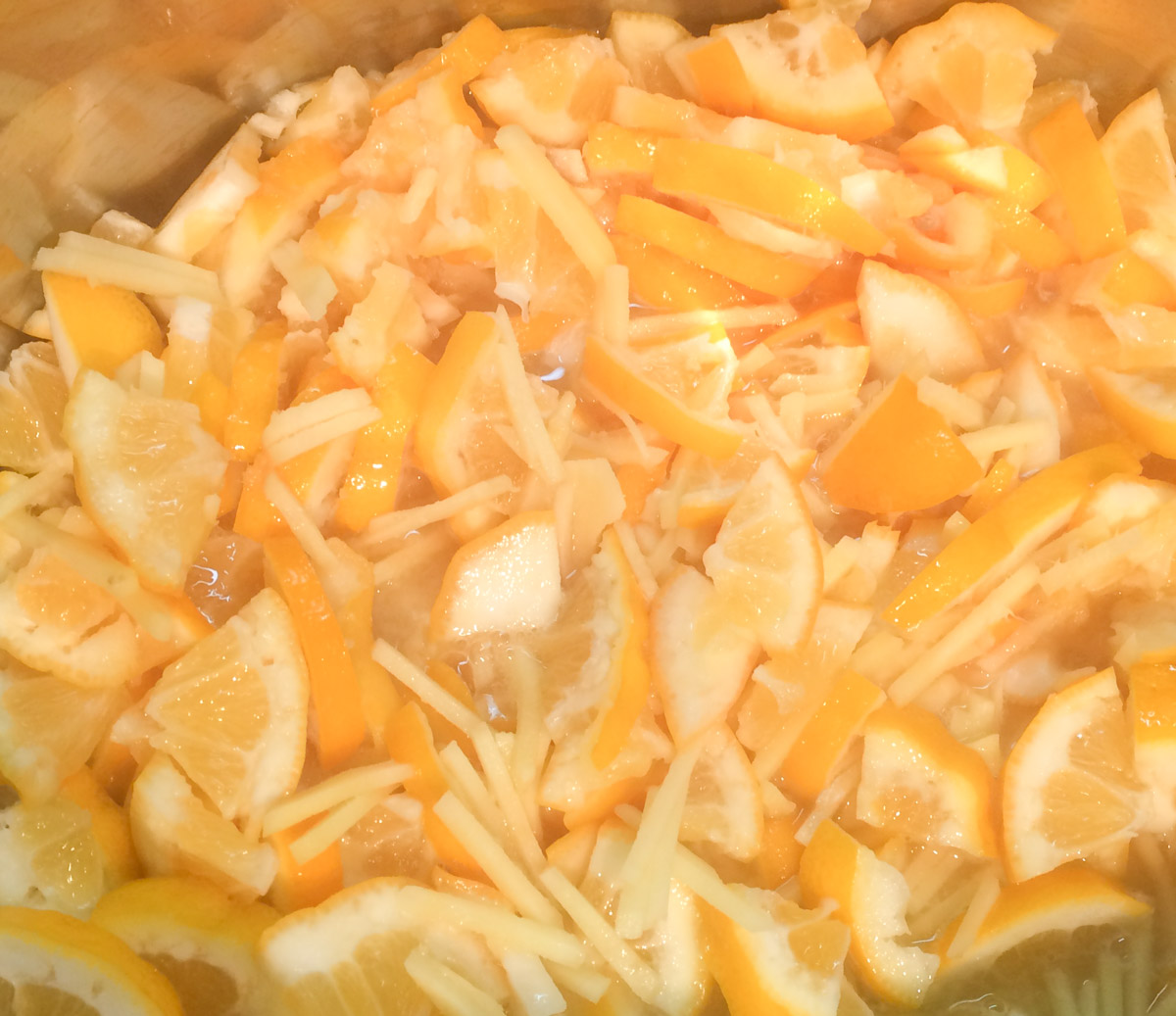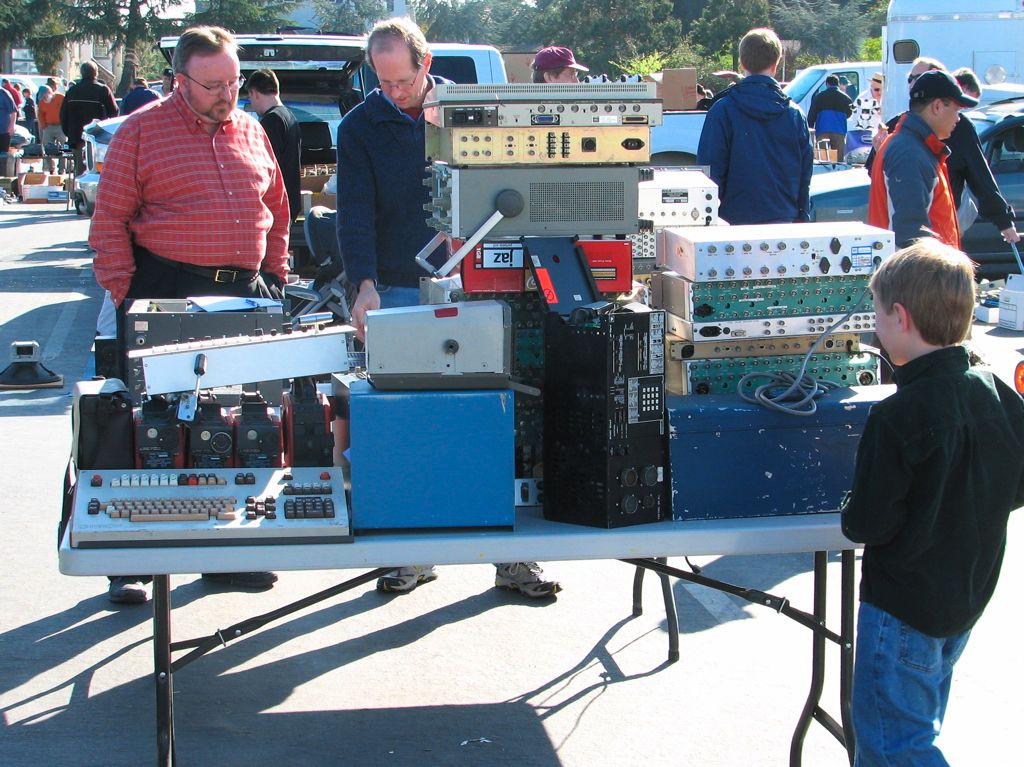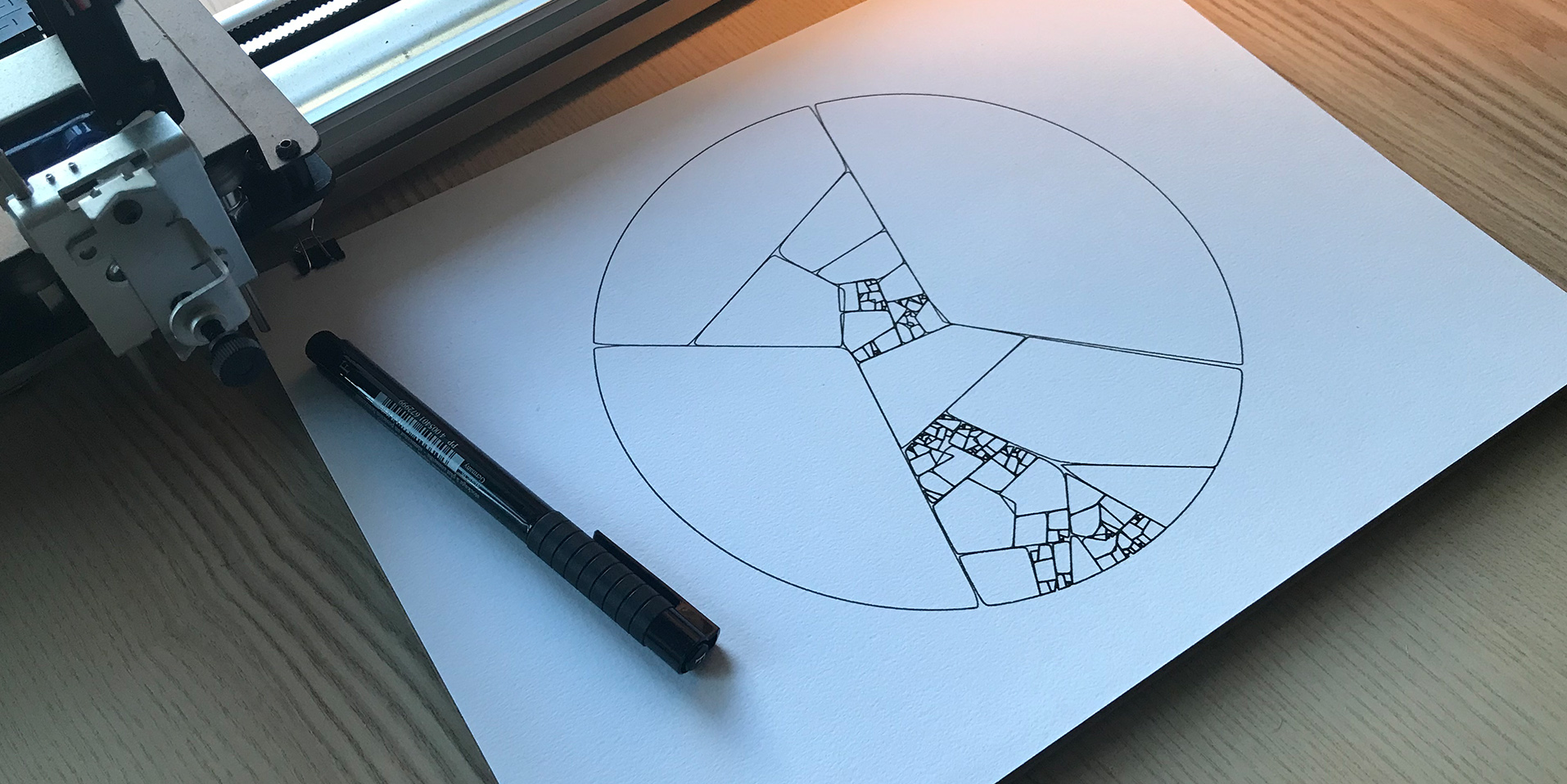
It is lemon season here yet again! Given the quantity of fruit my Meyer lemon tree produces, I have many opportunities to remake my marmalade recipes with little adjustments and changes. This time, I added ginger. Quite a bit of ginger. This jam has a bright cheerful flavor with a bit of zing to it which is perfect for the rainy weather we’ve been having.
Ingredients:
- 8 cups (Meyer) lemon pieces
- 1 cup lemon juice
- 1 cup water
- 3 Tbsp grated ginger
- 2/3 cup ginger matchsticks
- 6 cups sugar
First cut up the lemons into small pieces and remove any obvious seeds. After juicing lemons, we’ve found that straining it through a julep strainer holds back the seeds but allows most of the pulp through.
Our favorite tool for grating ginger is a
fine microplane. For making matchsticks, a
mandoline slicer makes short work of it.

Put the lemon pieces, lemon juice, water, grated ginger, and ginger matchsticks in a pot and simmer until the lemons start to soften. Add the sugar. Stir regularly and cook to the desired consistency. To test consistency, put a spoonful on a plate in the fridge. If it’s too runny after cooling for a few minutes, keep simmering and test again after a few minutes.
Makes about four pints. If you want to can it for longer storage, Ball has a nice
introduction to canning on their website.
Other fruit preserves from the Play with your food archives:









 Put the lemon pieces, lemon juice, water, grated ginger, and ginger matchsticks in a pot and simmer until the lemons start to soften. Add the sugar. Stir regularly and cook to the desired consistency. To test consistency, put a spoonful on a plate in the fridge. If it’s too runny after cooling for a few minutes, keep simmering and test again after a few minutes.
Makes about four pints. If you want to can it for longer storage, Ball has a nice
Put the lemon pieces, lemon juice, water, grated ginger, and ginger matchsticks in a pot and simmer until the lemons start to soften. Add the sugar. Stir regularly and cook to the desired consistency. To test consistency, put a spoonful on a plate in the fridge. If it’s too runny after cooling for a few minutes, keep simmering and test again after a few minutes.
Makes about four pints. If you want to can it for longer storage, Ball has a nice 





 We’re bringing the
We’re bringing the 


